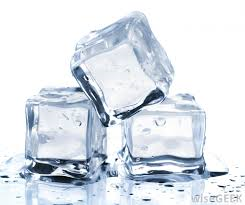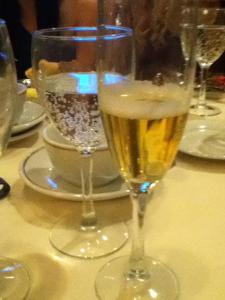You know packaging peanuts? You know how annoying they are to get off once they stick to you? Okay, so maybe smaller pieces of the stuff stick to you better, but the point is they are made of styrofoam. First off, this stuff is super annoying. Literally, it takes me five minutes to get a tiny piece of it off of my clothes. Despite it’s VAP (very annoying parts), styrofoam has its uses. Styrofoam cups, plates, packaging, etc. You’ve all seen it at least once in your life. Anyway, I figured I’d better enlighten you all on the properties, and other facts, of styrofoam.
First off, styrofoam is made up of a long chain of hydrocarbons with a phenol group attached to every other carbon group. Phenol is also called a carbolic acid, and is an aromatic organic compound with the molecular formula C6H5OH. An aromatic organic compound is a hydrocarbon containing one or more benzene rings that are characteristic of the benzene series of compounds. Benzene is an organic chemical compound with the molecular formula C6H6. Its molecule is composed of 6 carbon atoms joined in a ring, with 1 hydrogen atom attached to each carbon atom. (Special shoutout to various dictionaries (both in book and website form) for helping me with that!) Chemically, it looks like this: [CH2-CH(Ph)] n where Ph is a phenol and a C6H5 ring. It is a polymer, or a long chain with repeating atoms (called monomers) from petroleum. Styrofoam, as one source states, “…can also be called vinlybenzene, ethenyl benzene, cinnamene, phenylethylene” and “…is considered a thermoplastic, meaning that it softens with heat and hardens as it cools.” Styrofoam, due to the hydrocarbon known as Polystyrene, is flammable and has an orange flame that produces soot. Because of this Polystyrene, styrofoam contains something called CFC, which is known, at least according to this website, to “drastically deplete the ozone.” Styrofoam has a density of 1050kg/m3, and floats in the water. *Side note: it is slightly denser than water, but not dense enough to sink. For our purposes, it floats, although not completely. Kind of confusing, huh?* Moving on, most “…polystyrene is now manufactured with HCFC-22, which is why some manufactures will claim its “ozone friendly”. While it is less destructive than its chemical cousins CFC-11 and CFC-12, it still is considered a green house gas and harmful to the environment.”
Now that you’ve chewed through that. Two more important facts about polystyrene:
Link:
http://nofoamchicago.org/ChemistryofStyrofoam.pdf
So ta ta for now and I hope to see your chemical reaction soon!







